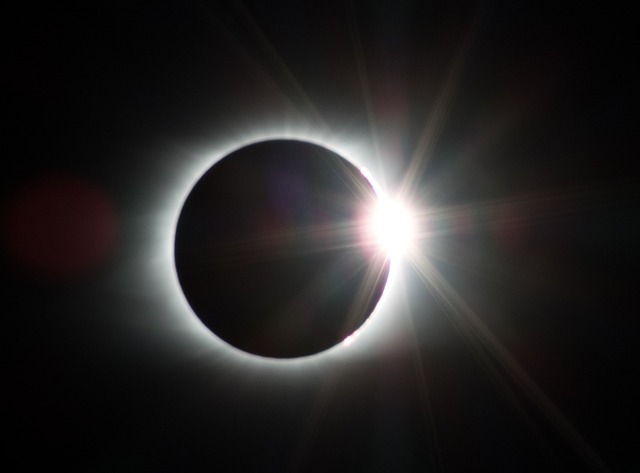


Eclipses Again Will Darken the Sky in 2023 and 2024
By Laurel J. Radow for Domestic Preparedness
On August 21, 2017, time stood still for many in the United States. On that day, the first total solar eclipse transversed the continental United States in nearly a century. Communities across the country saw what many in the recent past had to travel great distances to view. That widespread special event created many lessons learned for cities and states that experienced severe traffic jams, unmet sanitation needs (e.g., lack of portable toilets and trash disposal), and other emergency response challenges.
Only a few years later, the nation awaits two more significant eclipse events on October 14, 2023, and April 8, 2024. These events will cover different paths but allow most U.S. communities to view at least one. The annular eclipse (also known as a ring of fire) on October 14, 2023, will cross nine states from Oregon down through Texas. That event will likely not draw the size of crowds as those seen in 2017. However, emergency preparedness and public safety professionals near the path should still collaborate with other community stakeholders to better prepare for related special events and resource needs. The total eclipse event on April 8, 2024, will cross all of North America – from Mexico, across the United States from Texas to Maine, and finally, eastern Canada – drawing similar attention as the event in 2017. Everyone involved in planning for either the annular or total eclipse events should consider the lessons learned from the 2017 event.
In addition to the sky darkening, an eclipse event requires many considerations and past lessons learned for emergency planners and public safety professionals.
The total eclipse is expected to last up to 4 minutes and 27 seconds, almost double the length of the 2017 event. In addition, because the 2024 eclipse will cross a more populated part of the United States, many more people are expected to view it than the 2017 eclipse. However, not every resident will be in the path of totality. Many science museums outside the eclipse’s path plan to invite many people to their sites to learn more about the eclipse and related science. Therefore, while many will travel to the path of totality, many others may travel to learn about the eclipse closer to their homes outside the path.
For more, click here.